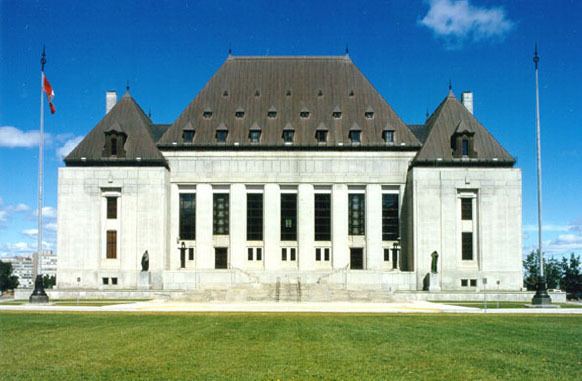Citations [1997] 3 S.C.R. 320 | ||
 | ||
Full case name Her Majesty The Queen v. William Lifchus Majority Cory J., joined by Lamer C.J. and Sopinka, McLachlin, Iacobucci and Major JJ. Concurrence L’Heureux-Dubé J., joined by La Forest and Gonthier JJ. People also search for R v Starr, R v W (D), R v Seaboyer | ||
R v Lifchus, [1997] 3 S.C.R. 320 is a leading Supreme Court of Canada decision on the legal basis of the "beyond a reasonable doubt" standard for criminal law. Cory J. outlined several core principles the reasonable doubt standard and provided a list of points that must be explained to a jury when they are to consider the standard.
Contents
Background
William Lifchus was a stockbroker who misrepresented the value of a bond in his personal margin account to his employer, defrauding them of a substantial amount of money. He was charged with fraud and theft of over $1000.
Lifchus was convicted of fraud before a jury. He appealed on the ground that the jury was misinstructed about the standard of "proof beyond a reasonable doubt".
There were four issues before the Court: 1) Must a trial judge provide the jury with an explanation of the expression “reasonable doubt”? 2) If so, how should this concept be explained to the jury? 3) Did the charge in this case amount to a misdirection on the meaning of “reasonable doubt”? 4) If the charge in this case was insufficient, ought this Court give effect to the curative proviso set out at s. 686(1)(b)(iii) of the Criminal Code?
Opinion of the Court
The Court found in favour of Lifchus and ordered a new trial. The opinion of the Court was written by Cory J. with a minority opinion by L'Heureux-Dubé J.
Cory used the case as an opportunity to describe the significance of the "reasonable doubt" standard. He described it as a fundamental principle in criminal justice and was intertwined with the presumption of innocence. As such, the description of the meaning to the jury must be done very carefully.
Guidelines
Cory provides a series of principles upon which a trial judge must formulate their definition of "reasonable doubt" to a jury.
It should be explained that:
On the other hand, certain references to the required standard of proof should be avoided. For example:
Aftermath
The later cases of R v Bisson, [1998] 1 S.C.R. 306 and R v Starr [2000] 2 S.C.R. 144 elaborate on the principles established here.
